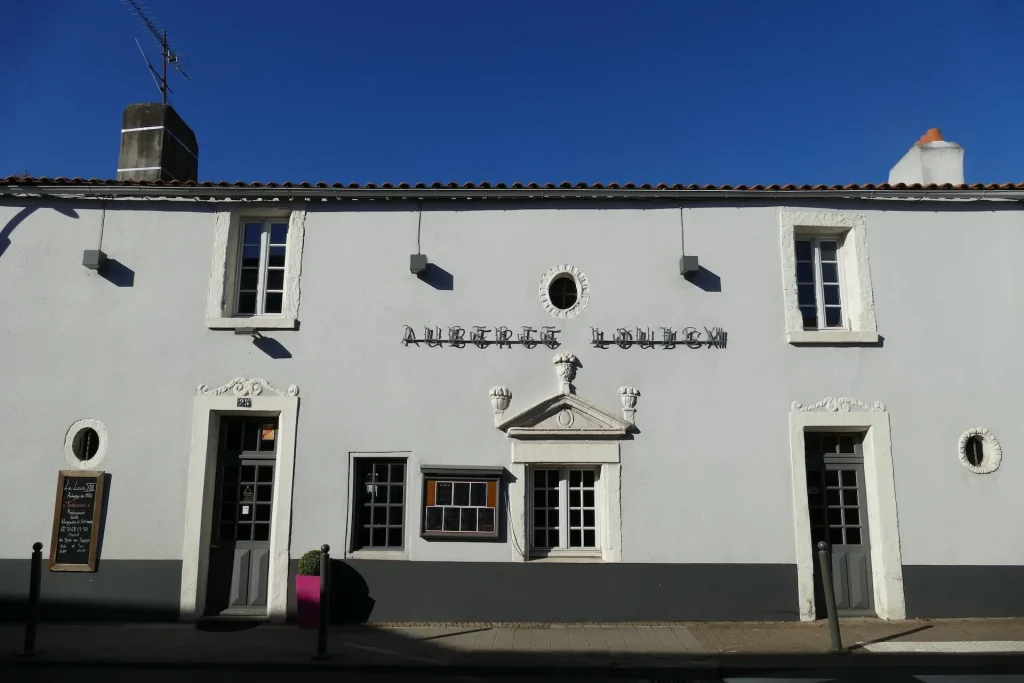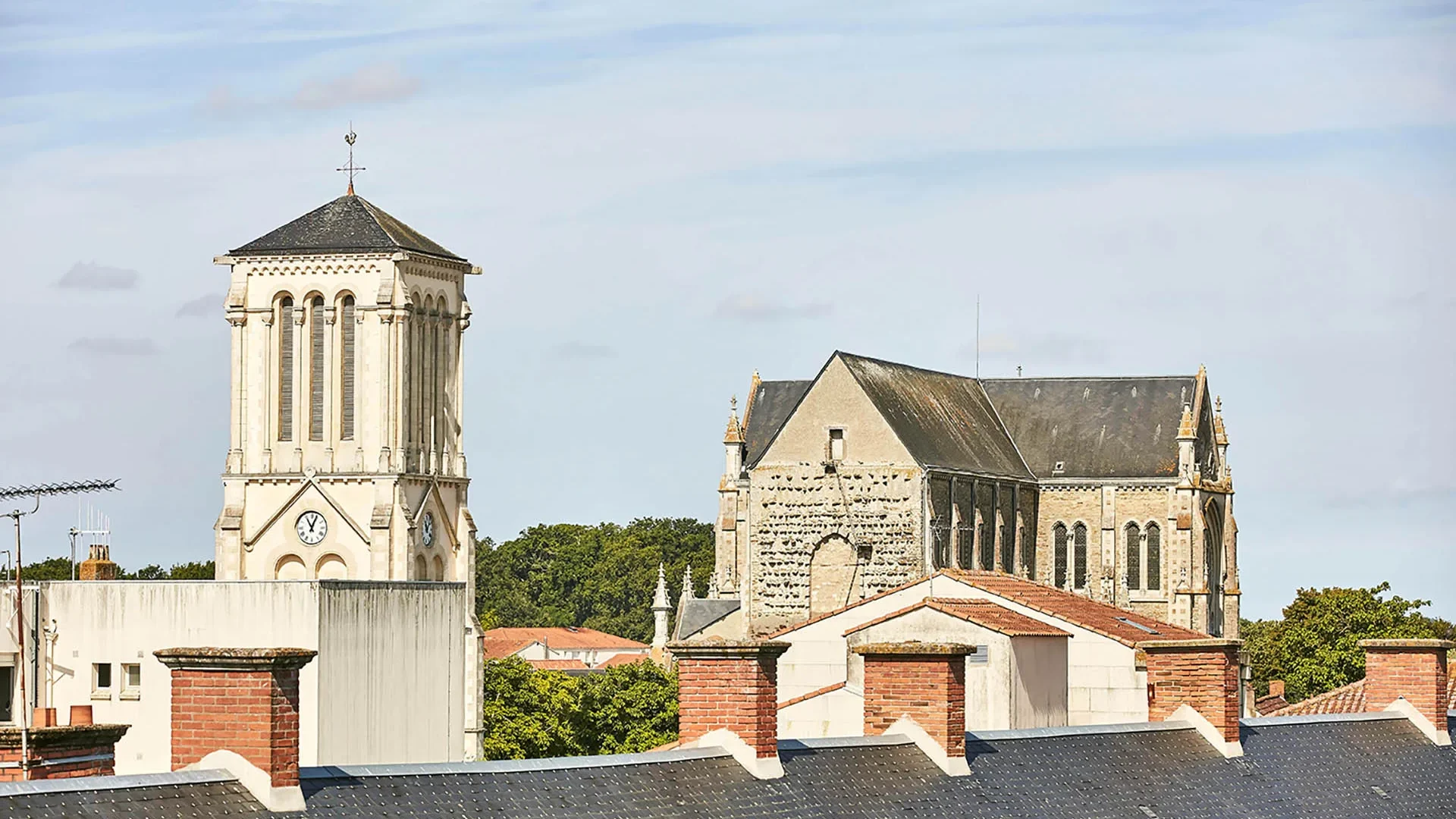The Old Town Hall of Challans
Built in 1913, the former Hôtel de Ville is a uniquely styled building designed by the talented architect Abel Filuzeau. The Town Council decided to go ahead with the project in 1911. The new town hall was equipped with a grand staircase, a caretaker's office, a service room for undertakers, a marriage hall, a courtroom, a justice of the peace's chambers and a witness room.
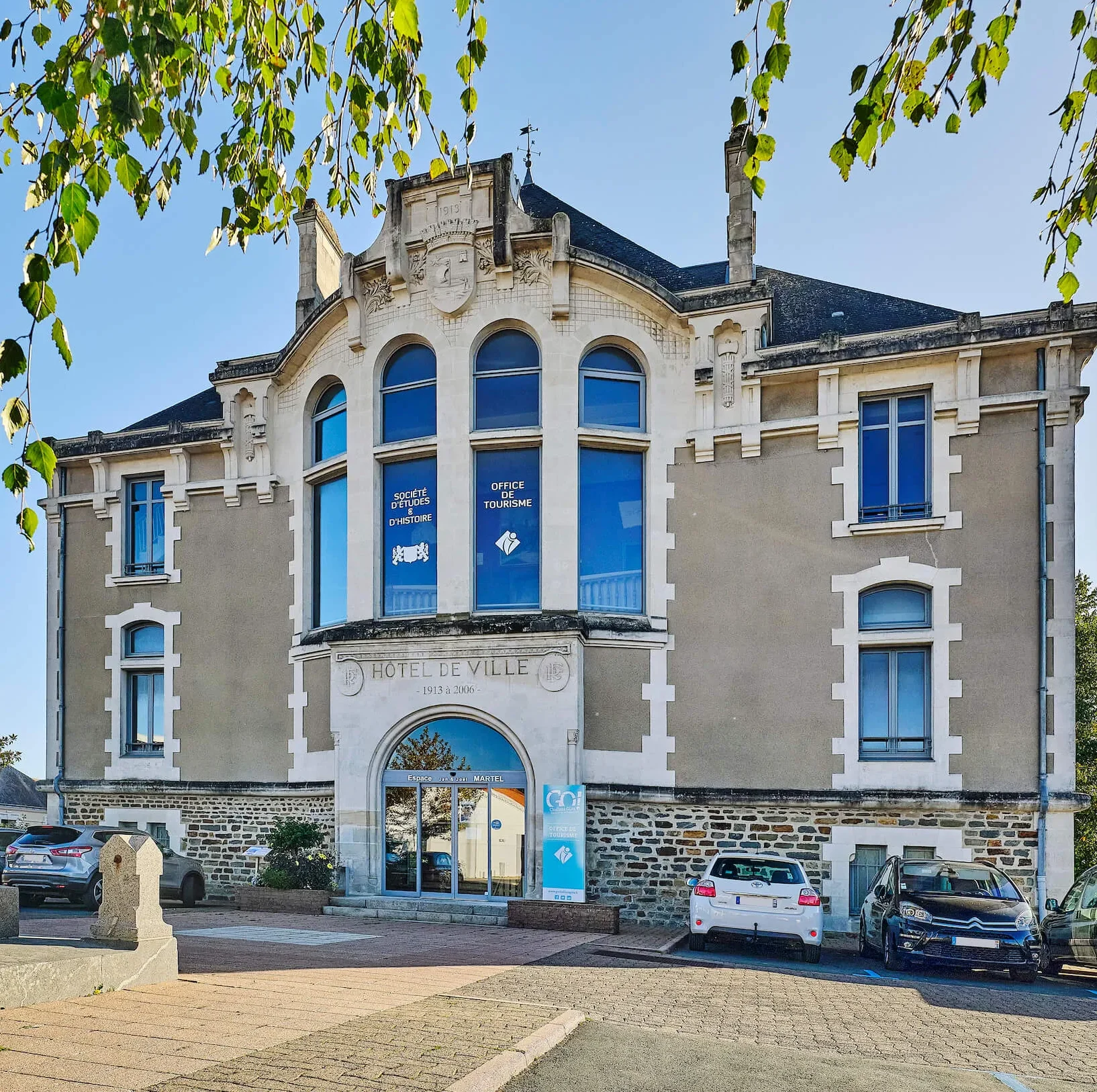
La Bonne Fontaine
The Bonne Fontaine has very ancient origins. Once situated in a marsh, it had to be removed when the hospital was built and replaced at the entrance to the street that bears its name near the Place de Gaulle. A police regulation in 1783 prohibited anyone from doing their laundry there, under penalty of confiscation of the linen and a fine of three pounds.
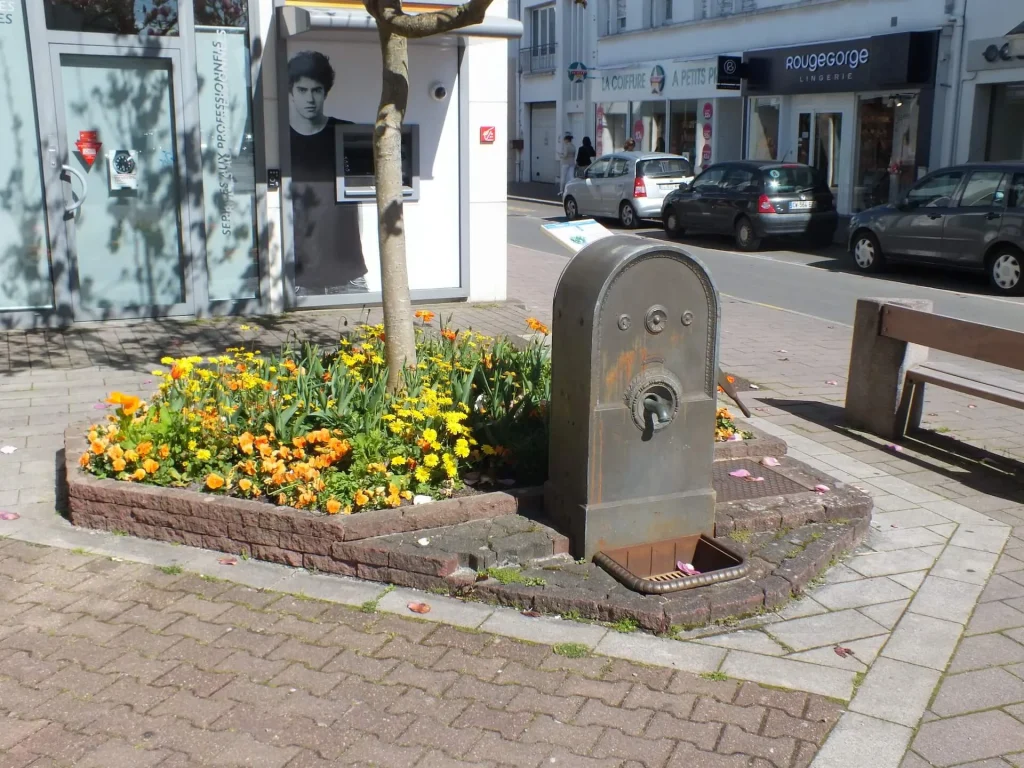
Bailly Hardware
It was in 1846 that the James couple, weavers, had this iconic building built. After being known as "L'hôtel du Couchant", it was converted into a wholesale grocery shop in 1904. In 1913, the Bailly hardware store moved in. An iron staircase, installed in 1920, still bears witness to this commercial past.
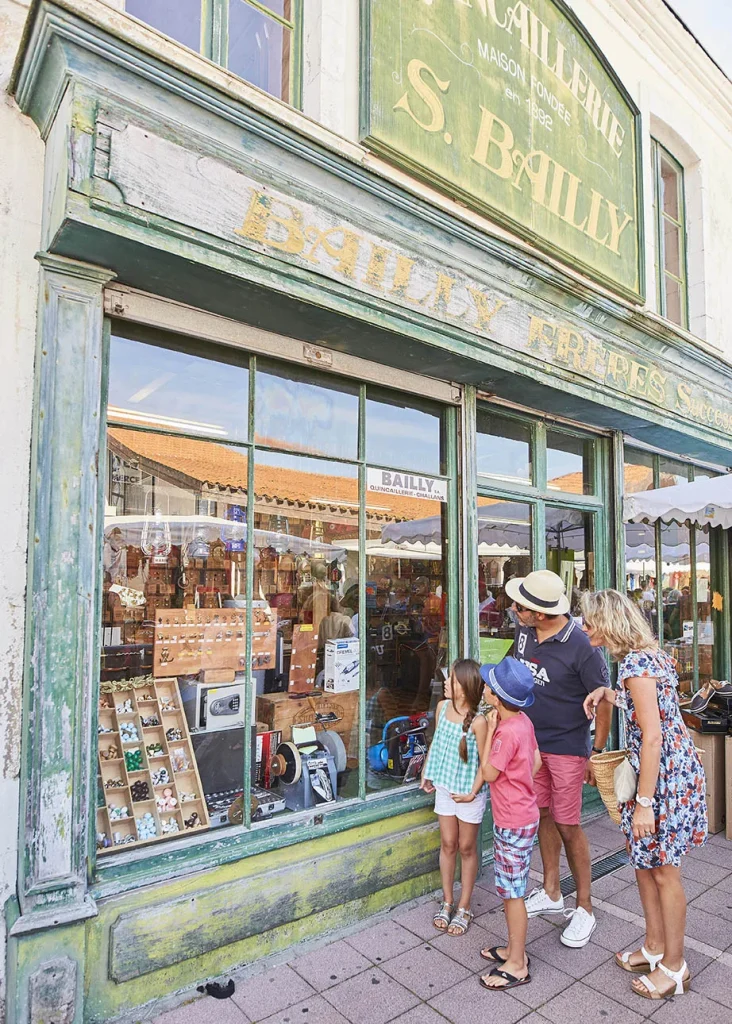
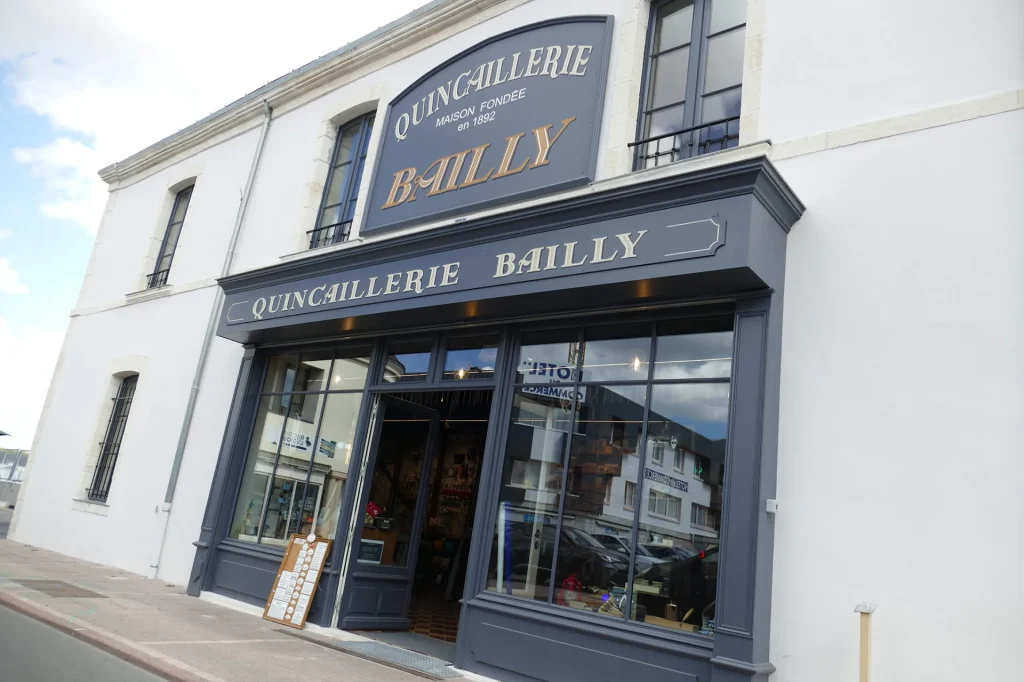
Le Garage Moderne
The astonishing façade of the "Garage Moderne", designed by architect Marcel NALEAU, was created in mosaic by the artist Isidore Odorico (1893-1945), heir to a long line of Italian mosaicists. This work, typical of the 1930s, was commissioned by the owner at the time, Arsène Bichon.
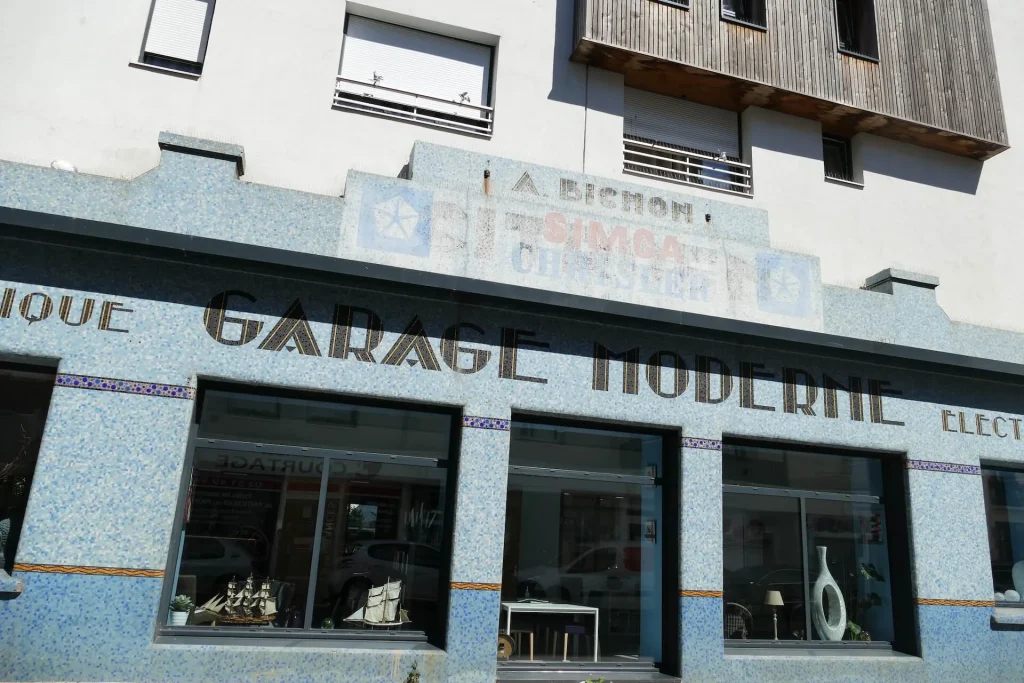
Le Lavoir du Guy
Located at Impasse du Guy, the wash-house was built in 1886 and 1888. It was supplied with water by the Judices stream until 1937, when it was replaced by water from the town. Approximately where the washhouse stands, there used to be a ford, which gave the locality its name, le Guy. Abandoned in the 1950s and 1960s, it underwent major restoration work in 1998.
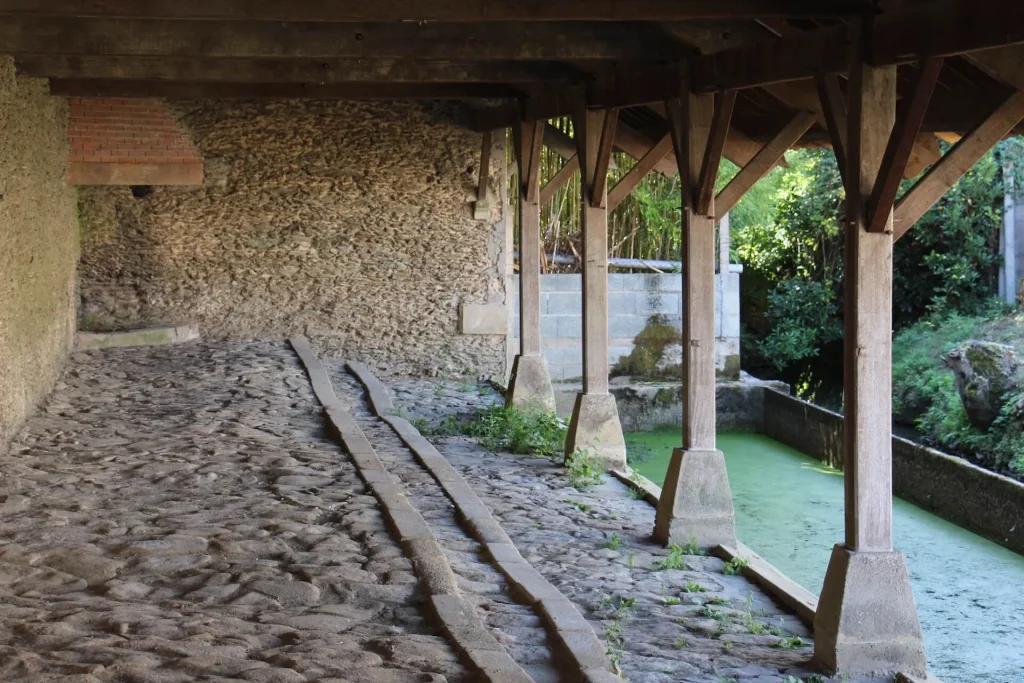
Les Marzelles
With its elegant architecture, the "Marzelle" house was redesigned in the 1920s and has remained unchanged since then. Attested as early as the 16th century as a hunting lodge, many of its ornamental details are reminiscent of the Clissonnais style, itself inherited from Italy.
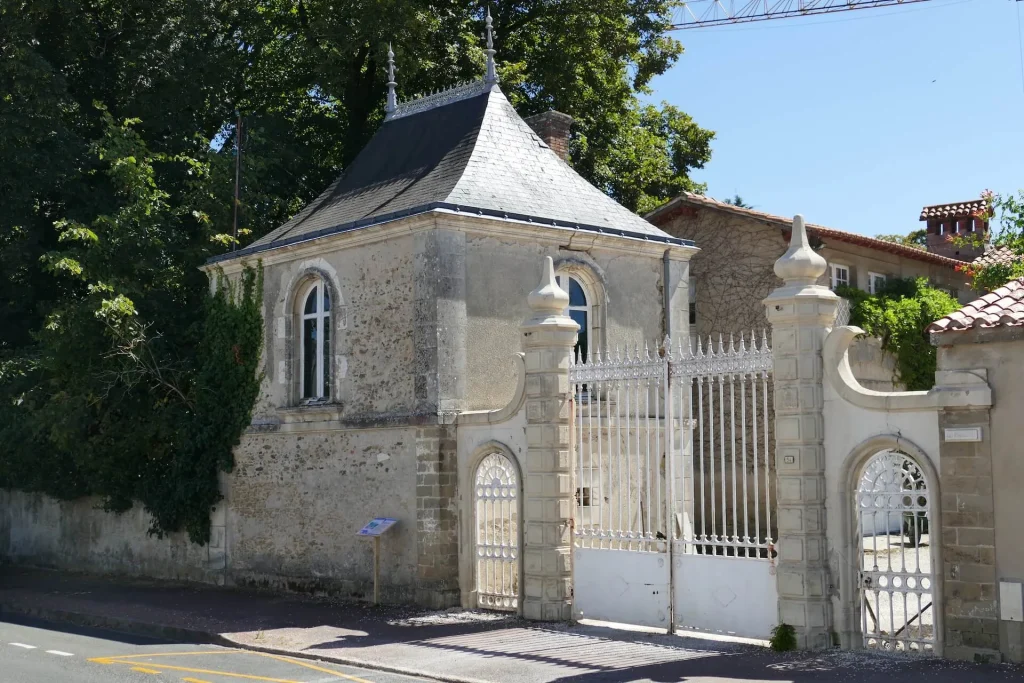
The Legate House
This 17th century Vendée dwelling was the home of a former tax prosecutor, Pierre Mesnardeau de l'Etang. On his death in 1716, he donated his house to the parish of Challans, which would henceforth be known as "Maison du Légat". He was buried in the old church of Challans.
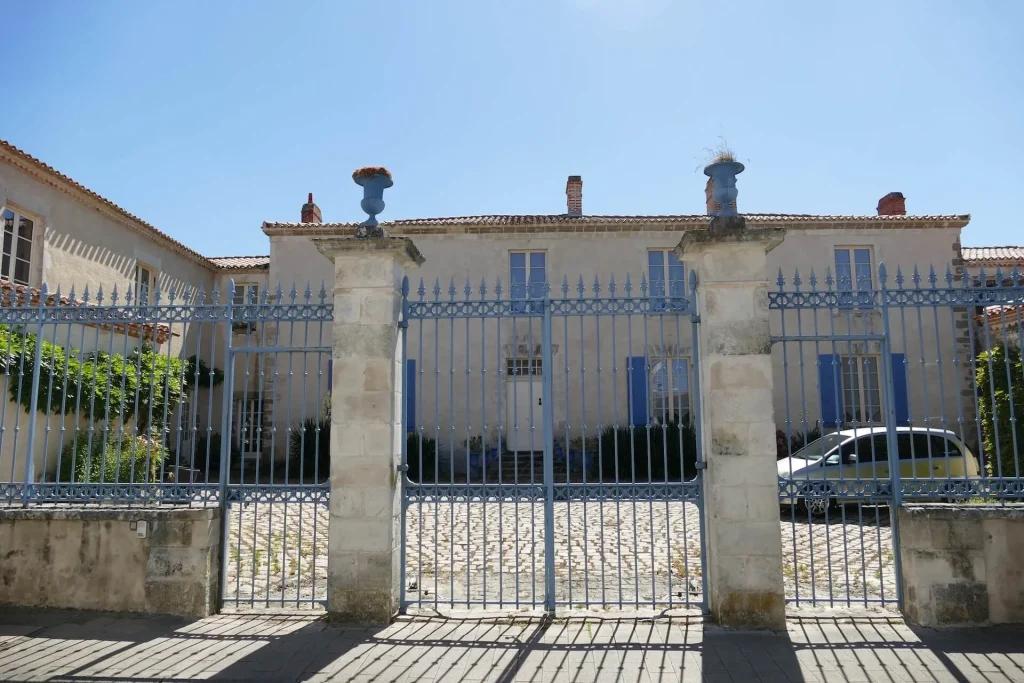
Bas-relief by Charles Milcendeau
In their characteristic art deco style, in 1947 the MARTEL brothers (1896-1966) created a bas-relief in tribute to Charles Milcendeau (1872-1919). The Soullans-born painter is depicted in the centre, framed by scenes of market garden life: threshing and reaping with a flail, or traditional dances.
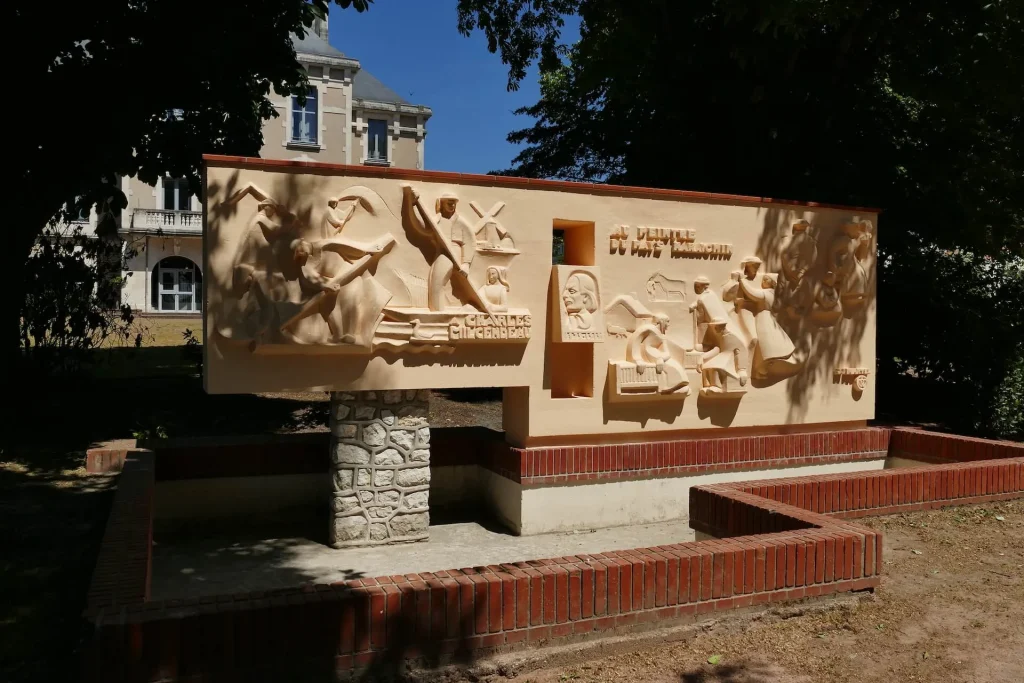
The Bell Tower
The bell tower was built between 1862 and 1865. In the last years of its existence, the old church of Challans had two bell towers. The first, a very old one, stood between the choir and the nave. After considerable work, the old church was razed to the ground in 1899. Its bell tower was preserved.
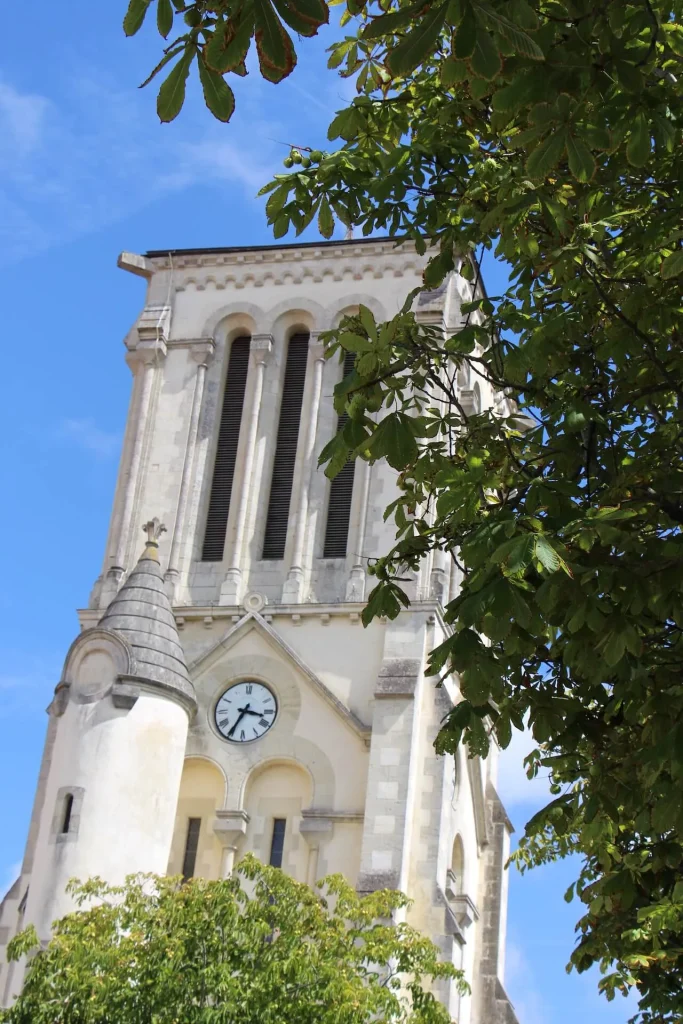
Notre Dame Church
The neo-Gothic church was built in 1897. Inside, fourteen pink granite columns support the choir and nave. The interior features a Stations of the Cross by the Parisian sculptor Beau, who won first prize at the 1900 Paris Universal Exhibition. A remarkable "Assumption" by Lagrenée le Jeune (1739-1821) is on display in the south transept.
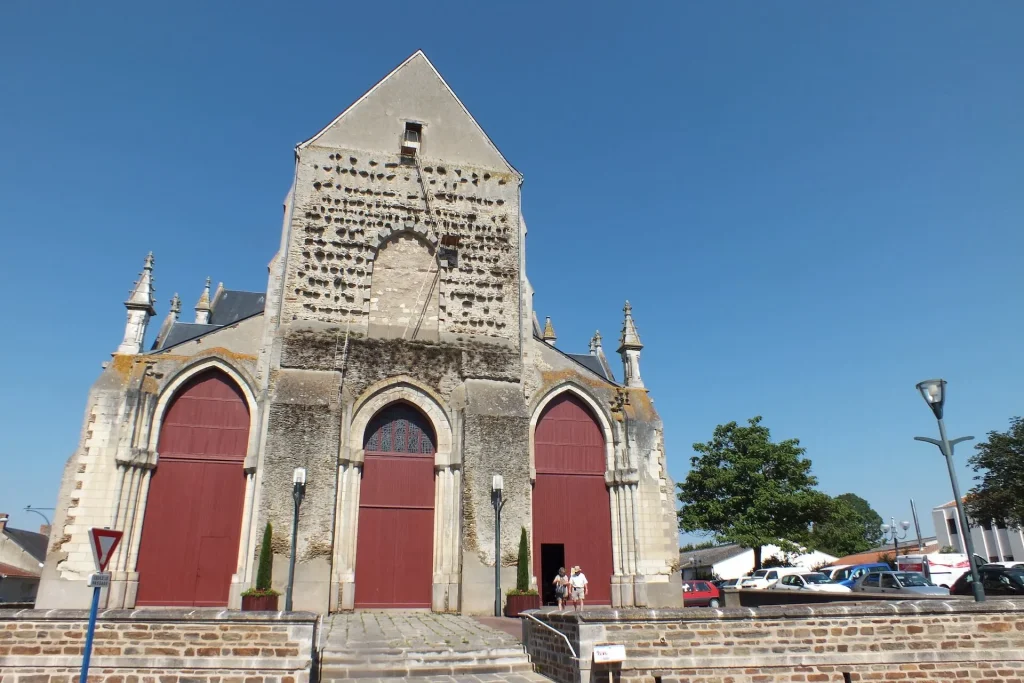
Perrette and the milk jug
In the Rue des Barrières, the Martel brothers, whose mother was from Challand, have once again left their mark with the granite and cement sculpture Perrette et le pot au lait, commissioned by Mayor Victor CHARBONNEL. This representation of Jean de la Fontaine's fable was created in 1961.
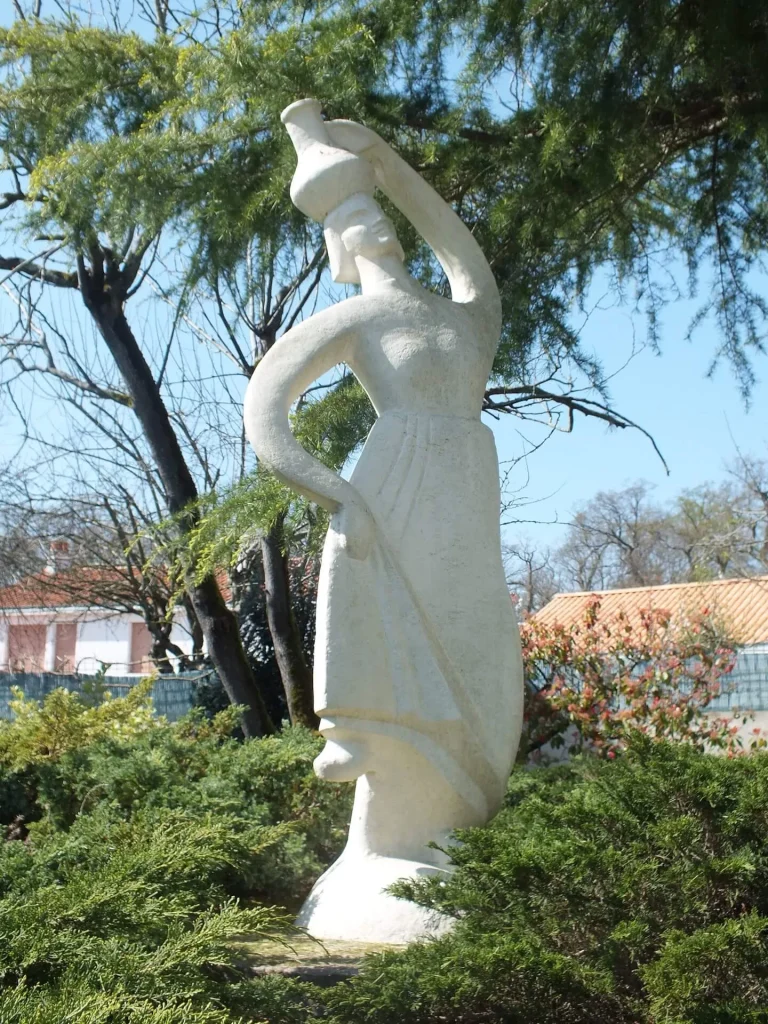
The Mission Cross
This fine Breton calvary, erected in 1881, probably replaced another cross recorded on the Napoleonic cadastre of 1832. The monument, in Lannion granite, was built by Yves HERNOT.
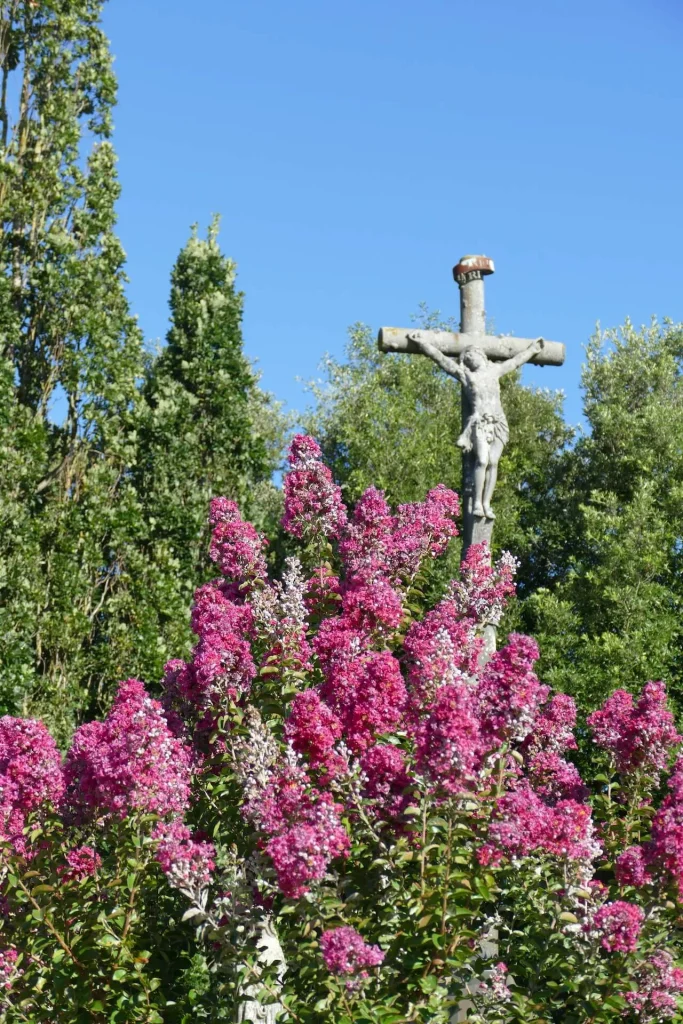
Le Manoir de la Coursaudière
This dwelling was built in the early 17th century. Originally with a large number of outbuildings, it retained no less than 12 hectares of arable land until 1931. All that remains of its former splendour is the main building, acquired by the town in 1959.
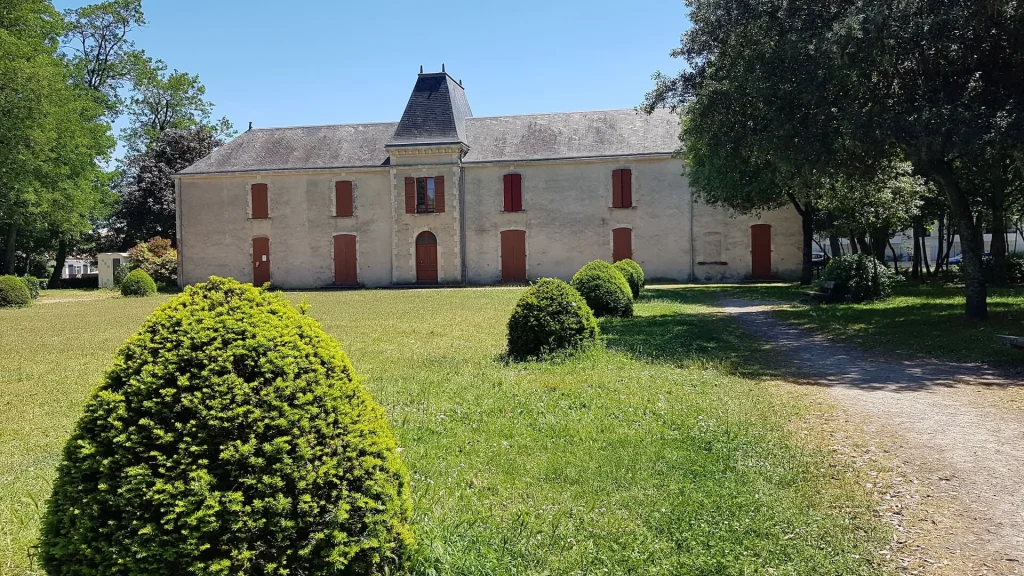
Le Marais Theatre
Characteristic of its era through its ornamentation, the Le Marais theatre was built in 1950 on the initiative of Abbé Nombalais. With its balcony and Italian-style machinery, the theatre is a model of its kind. It was acquired by the town in 2000.
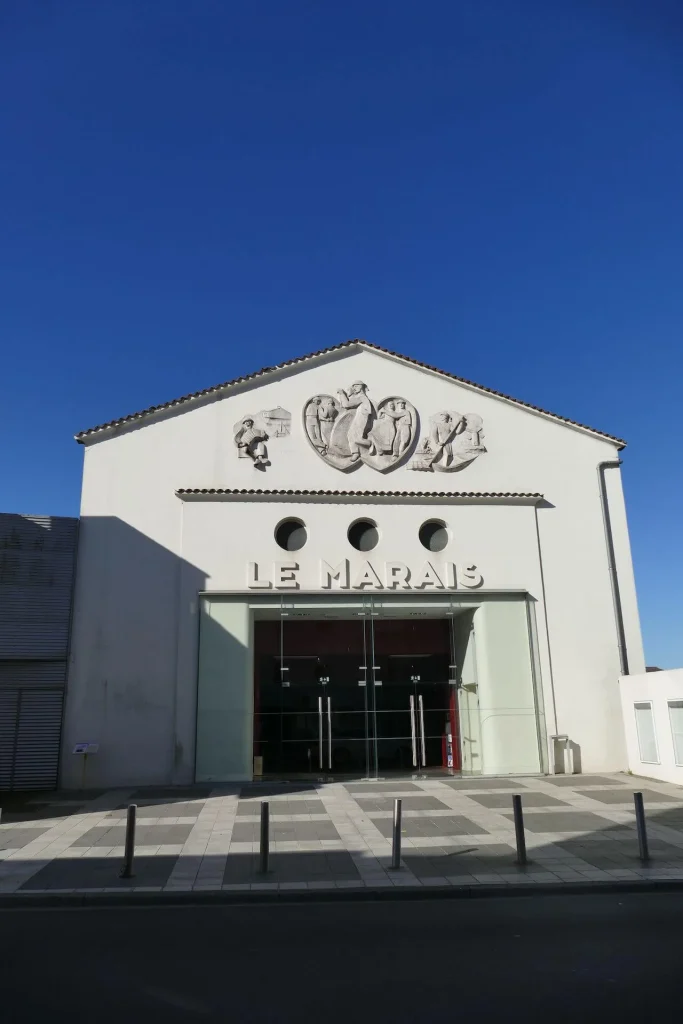
The Louis XIII Inn
Built around 1580, the façade of this elegant Renaissance dwelling features remarkable architectural motifs. Inside, the beams and monumental fireplace plunge us back into the town's history. Opposite, a house built in the 17th century was once an inn known as "du Dauphin". On 14 April 1622, King Louis XIII, who was marching against the Protestant leader Benjamin de Rohan, Lord of Soubise, set up quarters in this vast hostelry. Tradition has it that he slept in the room above the porch.
